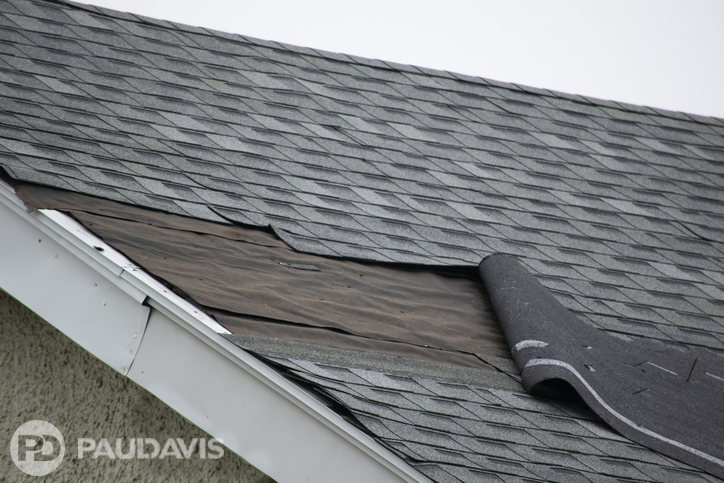
The wind, hail and heavy rain from summer storms test commercial roofing. “We talk to customers about maintaining a good relationship with their roof – it’s a system that you invested a lot in, rely on heavily and will be with you long-term,” says Leslie Anderson, Vice President of Training and Launch. “It needs regular care and attention from installation through replacement. Increasingly severe summer storms can certainly stress roofs and if you’re not careful, damage your building.”
Anderson listed warning signs that commercial owners frequently overlook after storms have passed:
- Subtle Changes. For structures with new flat roofing, inspect the system after every storm to verify that installation has been high quality. If the roof has been installed correctly, it should look unchanged: smooth membranes and underlayment, flexible and intact seals, no standing water, tight flashing, clear and functional downspouts. Storms often quickly expose unseen weaknesses in poorly installed roofing systems.
- Mould smell or staining. Never ignore a mould smell or mold staining in a building’s interior. Unless these are found in high-moisture areas such as indoor pools, they likely signal roofing damage.
- Interior water staining. Water staining – even small water spots – inside after a summer storm usually indicate roofing damage. These types of leaks often require professional investigation. Water is notorious for traveling long distances from the source before becoming visible on interior walls.
- Ponding or standing water on the roof. After a storm, climb up and look for standing water. Intact and properly installed roofing funnels water toward the eavestrough. If left ponding, water degrades roofing surfaces, reduces expected lifetimes of roofing materials and is more likely to leak into the structure.
- Eavestroughs aren’t functional. Found standing water near eavestrough entrances on your rooftop? Chances are the storm has washed debris into the downspouts and clogged them. Eavestrough should be inspected frequently to ensure they run freely and channel water away from foundations.
- Degraded materials – Flat roofs endure extremes: from freezing winters with sleet and heavy snow to scorching summer temperatures, sun and hail impacts onto hot roofing materials. Post-storm, inspect the roofing for new mechanical damage –gouges and rips - as well as membrane and underlayment problems like cracking and blistering.
- Flashing damage. Inspect the metal strips that fasten your roofing materials along the edges. Bending, rusting, loose or detaching flashing compromise your roof’s integrity. Flashing is particularly susceptible to damage from summer storms.
The key to avoiding and fixing roof damage from summer storms? Regular maintenance and vigilant attention to your roof’s needs. Just like any relationship, this one requires upkeep to be successful.
Are you a commercial owner requiring assistance with summer roof damage? Paul Davis is on the scene within four hours of a call for help.
